Cannondale delves further into full-carbon frames with new SuperSix
Nestled in the beautiful Italian Dolomites, Arabba was the setting for the official launch of...
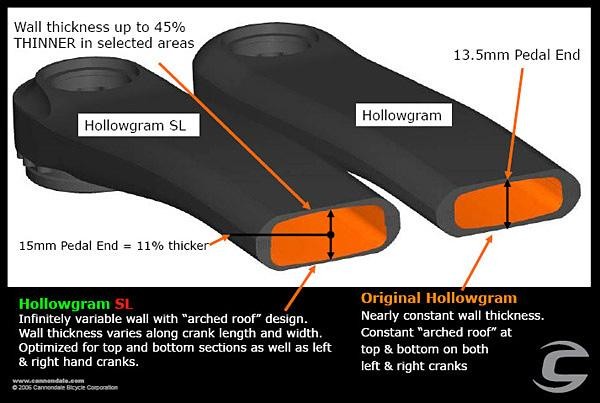
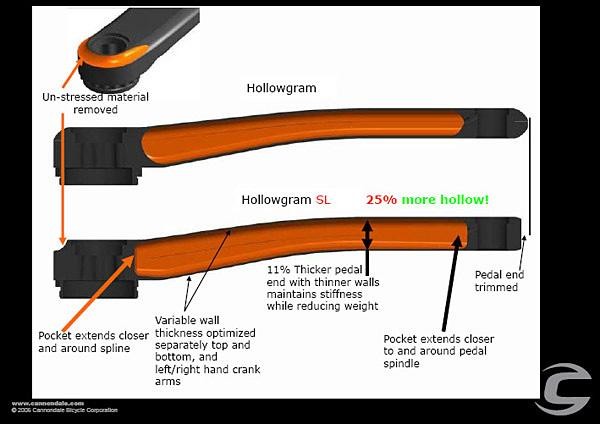
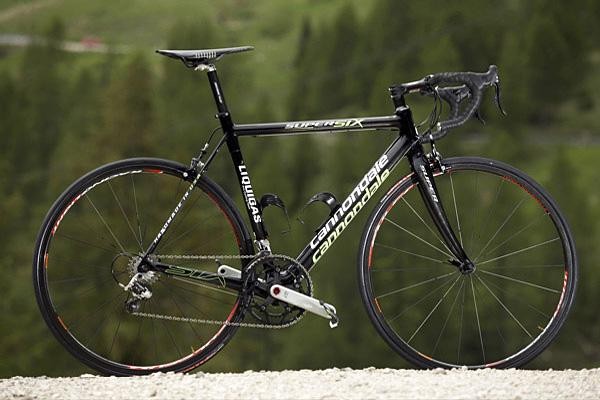
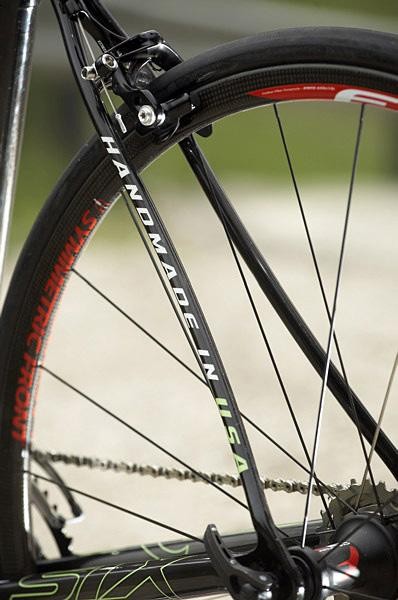
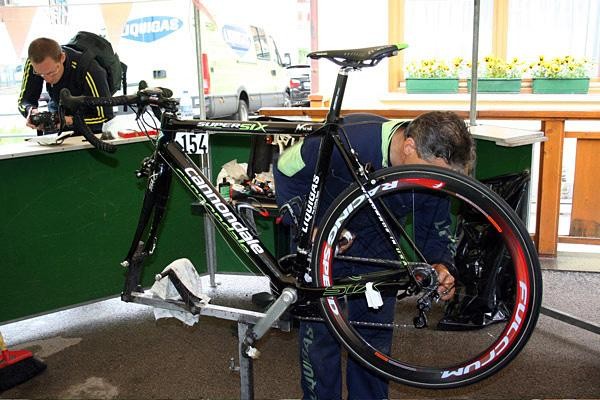
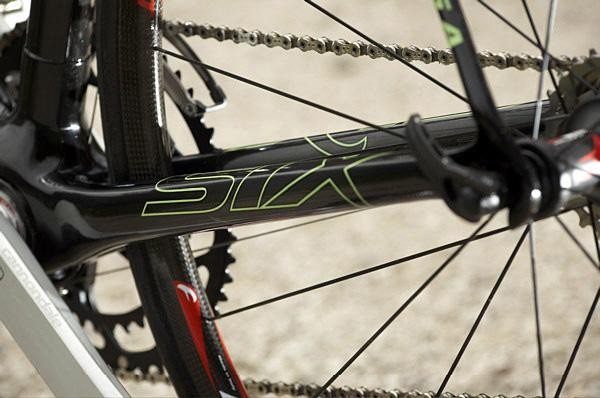
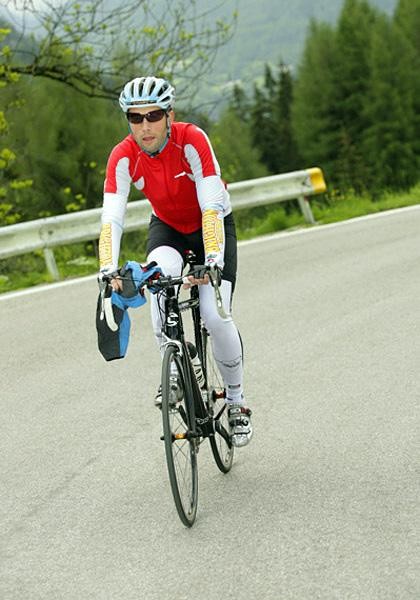
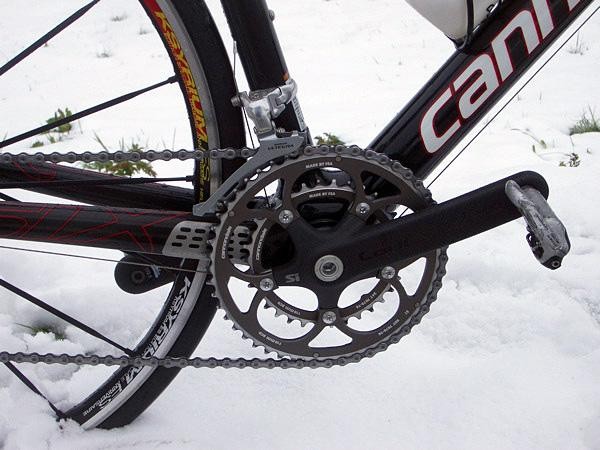



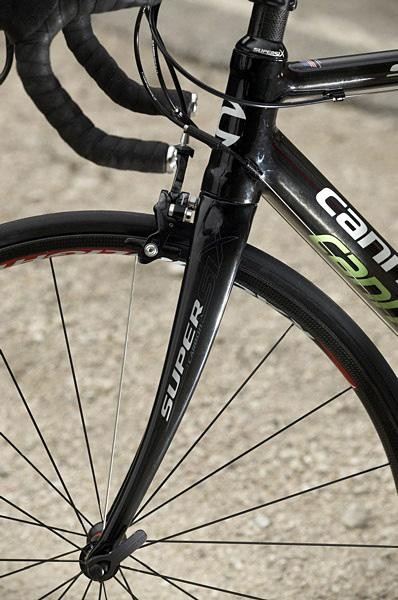
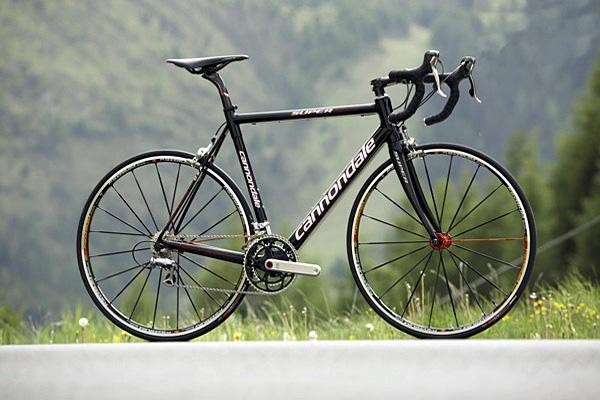
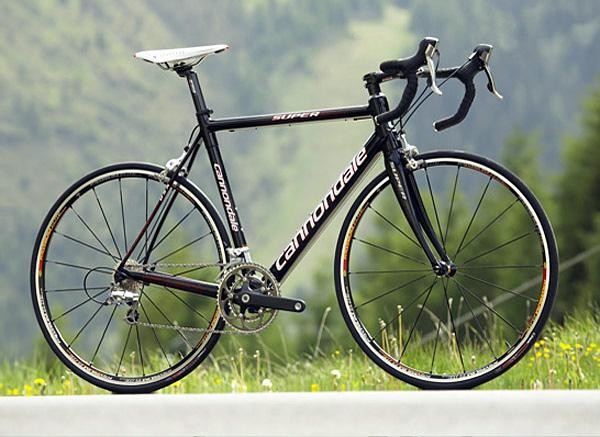

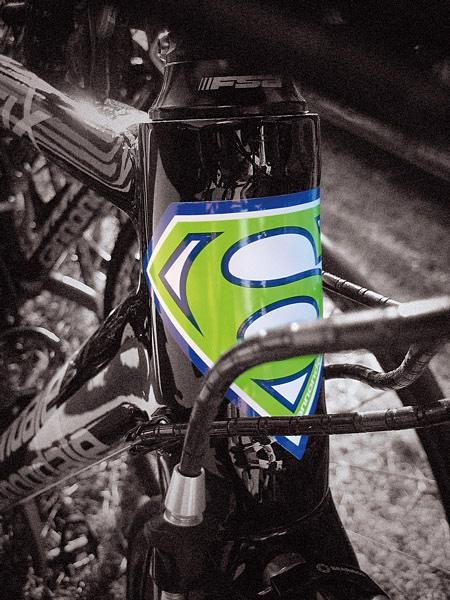
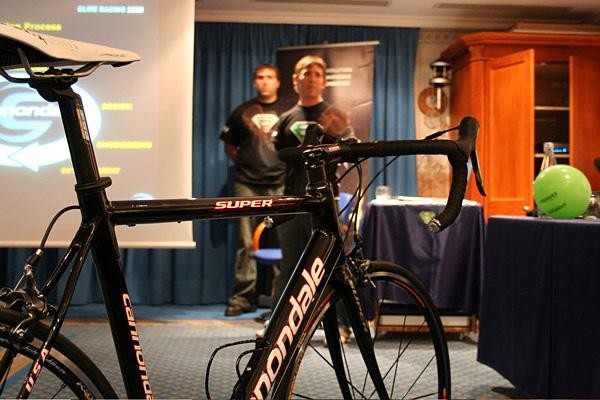
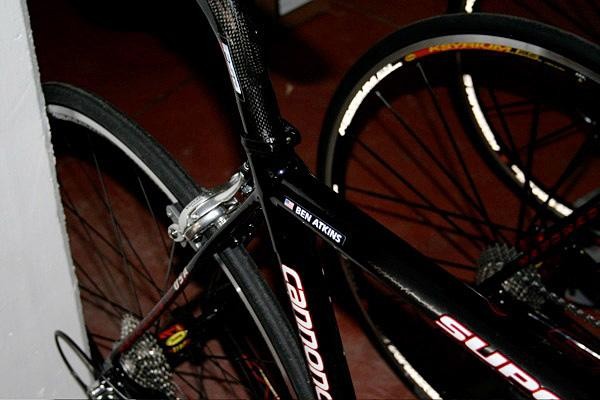
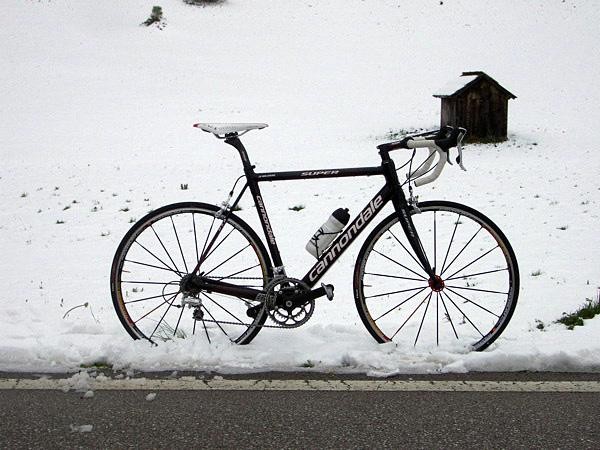
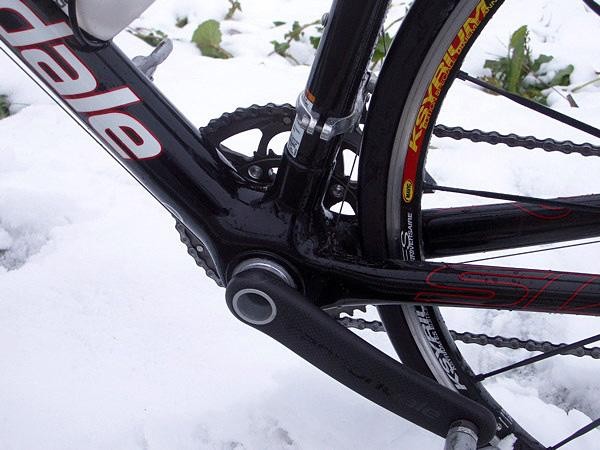

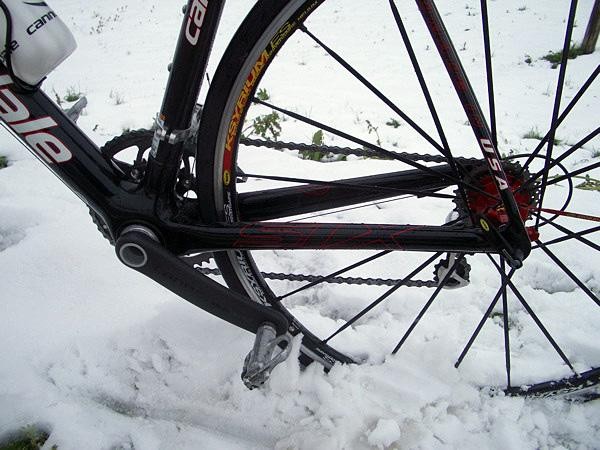
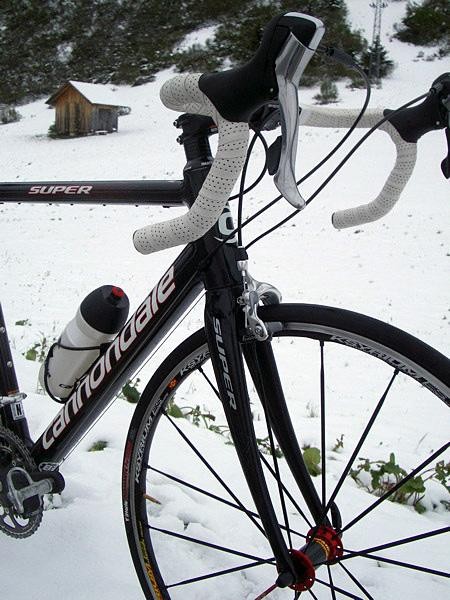

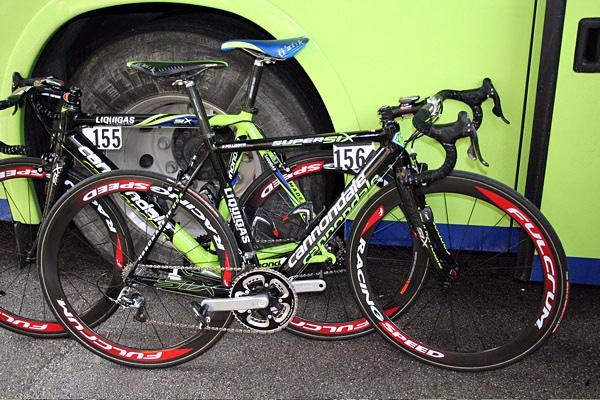
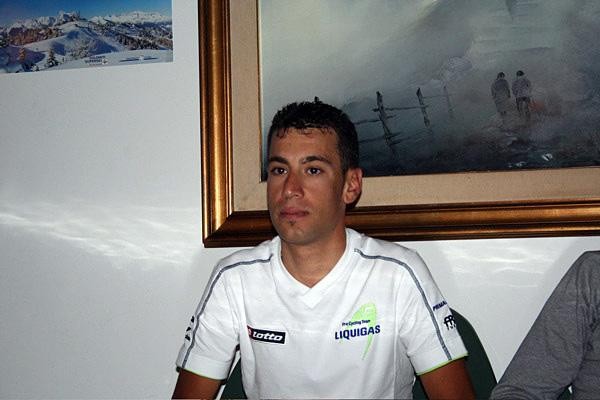
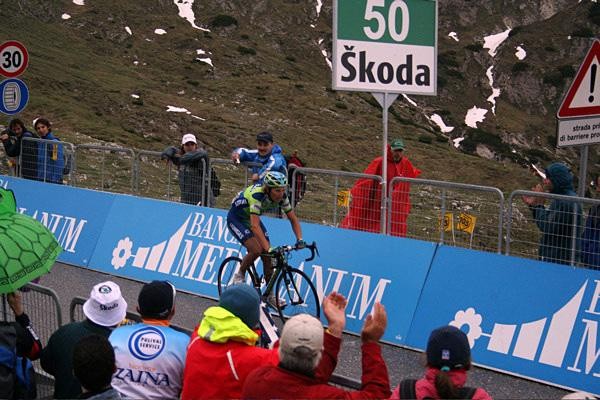
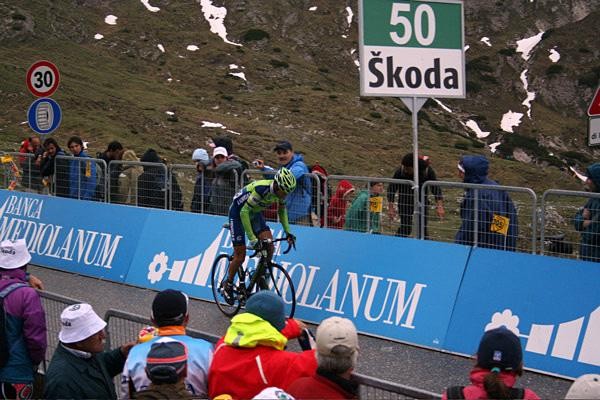
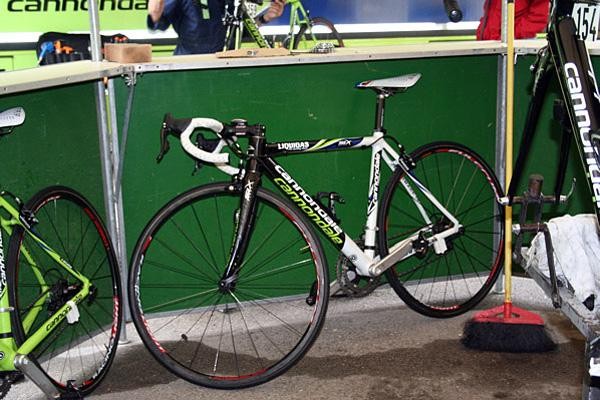
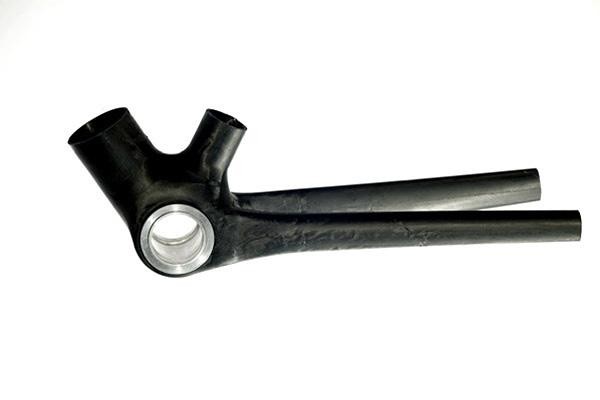
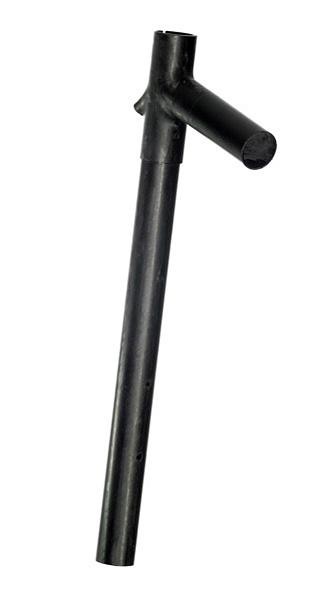
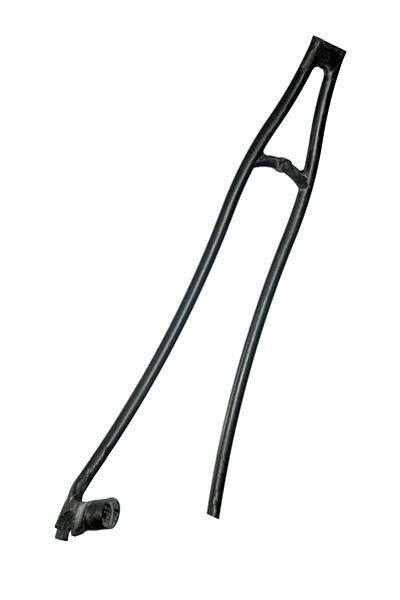


Tech feature: 2008 Cannondale SuperSix, June 5, 2007
Nestled in the beautiful Italian Dolomites, Arabba was the setting for the official launch of Cannondale's new SuperSix carbon road machine. Cannondale just introduced its current top-level SystemSix last year but already saw fit to supplement it with a lighter full-carbon version. Utilizing what it had learned with the somewhat more mid-level Synapse frame which debuted in 2005, the SuperSix is "Cannondale's first full-carbon elite race bike," according to Senior Composites Engineer Brad Paquin. "Our goal was to maintain the explosive efficiency of the SystemSix, but reduce weight without losing that unique Cannondale ride feel."
The Cannondale-sponsored Liquigas team played a pivotal role in the bike's creation: "They ask the right questions, they push us, and they inspire us. The result is always something that exceeds their expectations," said Vice President of Research and Development Chris Peck. To further prove that point, Cannondale wasted no time in testing the new model in competition at this year's Giro d'Italia under team riders Vincenzo Nibali and Franco Pellizotti, and Nibali even landed an earlier victory aboard a SuperSix prototype at theGiro di Toscana.
Aluminum finally knocked off top rung in Bethel
Although clearly best known for its aluminum work, even Cannondale has now folded to the march of carbon fiber. The front end of the new SuperSix is essentially shared with the SystemSix, including the monstrously oversized monocoque top tube/head tube/down tube section and tapered 1 ⅛"-to-1 ½" carbon fiber steerer tube. Substituting carbon fiber for aluminum through the rear stays, seat tube, and rear dropouts, however, has shed over 100g to yield a lighter 1050g figure (claimed) for a fully painted 56cm frame. Also, as is becoming popular these days, the SuperSix omits the mostly cosmetic woven outer layer in favor of exclusively unidirectional fiber plies to save even more weight.
Although lighter than the carbon/aluminum hybrid SystemSix, Cannondale freely admits that the new SuperSix has lost a bit of the stiffness of its heavier stablemate. Still, carbon fiber's uniquely tunable material properties allowed frame designers to more carefully "optimise each tube for its intended purpose" in order to better maximize overall lateral and torsional rigidity while maintaining vertical compliance.
As a result, when combined with the newly reduced weight, Cannondale claims the SuperSix displays only a milder softer feel while boasting an increased stiffness-to-weight ratio - a compromise that Cannondale reckons that their pro-racers and amateur customers will approve of. Still, Cannondale presents the new SuperSix as a supplement to the existing SystemSix rather than a replacement.
Get The Leadout Newsletter
The latest race content, interviews, features, reviews and expert buying guides, direct to your inbox!
One particular area of stress to receive special treatment on the SuperSix frame is the bottom bracket area. Rather than simply building up the area by piling on lots of strengthening layers of carbon, Cannondale has designed and built the bottom bracket and chain stay unit as one piece, a configuration which it says is stiffer than several bonded parts. Both the chain stays and seat stays are also asymmetrically profiled to account for the unique stresses each tube encounters from pedaling loads (for example, the driveside chain stay experiences most of its stress in bending, whereas the non-driveside one experiences more lateral and torsional force).
The stiffness of the chain stays is contrasted by the deliberate compliance of the hourglass seatstays. As it has done on most of its current frames, Cannondale has purposefully kept these as small in diameter and thin-walled as possible in order to decrease road buzz. As a result, Cannondale reckons that while it has one of the stiffest frames out there it's also pretty comfortable, cutting down on fatigue over long distances. The shape of the 340g all-carbon fork has also been changed to make it more forgiving while retaining its torsional stiffness, and new carbon dropouts have also been fitted.
The complete SuperSix bike will be available in three versions, the top of which being the Liquigas Team Issue, equipped with a full Campagnolo Record groupset (with the exception of the Hollowgram SL chainset and bottom bracket), Fulcrum Racing Light wheels and a fi'zi:k Arione k:1 saddle. The other two versions are all Shimano with either Dura-Ace or Ultegra, along with Mavic Ksyrium ES or Ksyrium Elite wheels, respectively. Cannondale will offer each model in a surprisingly broad range of eight sizes, from 48cm up to 63cm.
The Team Issue bike will retail at £6,999/€9,999, the Dura Ace bike at £4,099/€5,999 and the Ultegra bike at £2,699/€3,999. Different models will be available in the US; a Record version with SRM at $8,999, a Record version at $6,499 and a Dura-Ace version at $5,499. All versions will be in the shops by the beginning of July.
First Ride
Unfortunately, the weather wasn't kind to us in the Dolomiti during the product's introduction: the rain that fell on the mountain stages of the Giro also fell on the Cannondale bike launch, so proposed rides had to be re-planned. Instead of doing the Sella Ronde (which takes in several high passes in less than 55km) or the Passo di Giau followed by the Passo Falzarego, our ride was limited to scaling the short climb of the Colle Santa Lucia and the drag back up to Arabba.
Our first ride - in the rain - featured a lot of descending, including some fast straights and sweeping curves, as well as some hairpins. While the weather made the surfaces a bit slick, preventing us from pushing things too far, we were still able to experience the very direct handling of the very stiff front end.
The next day - after watching the Giro field trudge miserably past in the rain - we persuaded the Cannondale guys to replace the Ksyrium Elites on our Ultegra-equipped bike with a pair of more familiar ES wheels so we could really judge how rigid the frame was.
The rain unfortunately turned to snow on the high passes and so our second ride consisted of a very quick - by our standards - ascent of the Passo Campolongo, not long after the Giro peloton glumly rolled up it itself. Thankfully, the weather had cleared up by then, and any snow that had been present on the road surface had melted. We were able to push the bike as hard as we could through the hairpins and the Ksyrium ES wheels that we had managed to scrounge allowed us to really feel the directness and stiffness of the whole package. For the most part, the road surface was very good - the worst of it re-laid especially for the Giro's passage - but the occasional crack or ripple was eased slightly by the forgiving nature of the seat stays.
The descent back in to Arabba was as sure as it had been the day before, and if anything it was even more predictable with the better wheels fitted. It was unfortunate that the weather conditions meant that our weekend with the SuperSix had to be so severely curtailed. Still, our first impression of the bike - even the more modest Ultegra-equipped one - was excellent. No doubt Cyclingnews will feature a full review of the SuperSix in the near future, though, and we'll see if those first impressions are confirmed after some long rides.